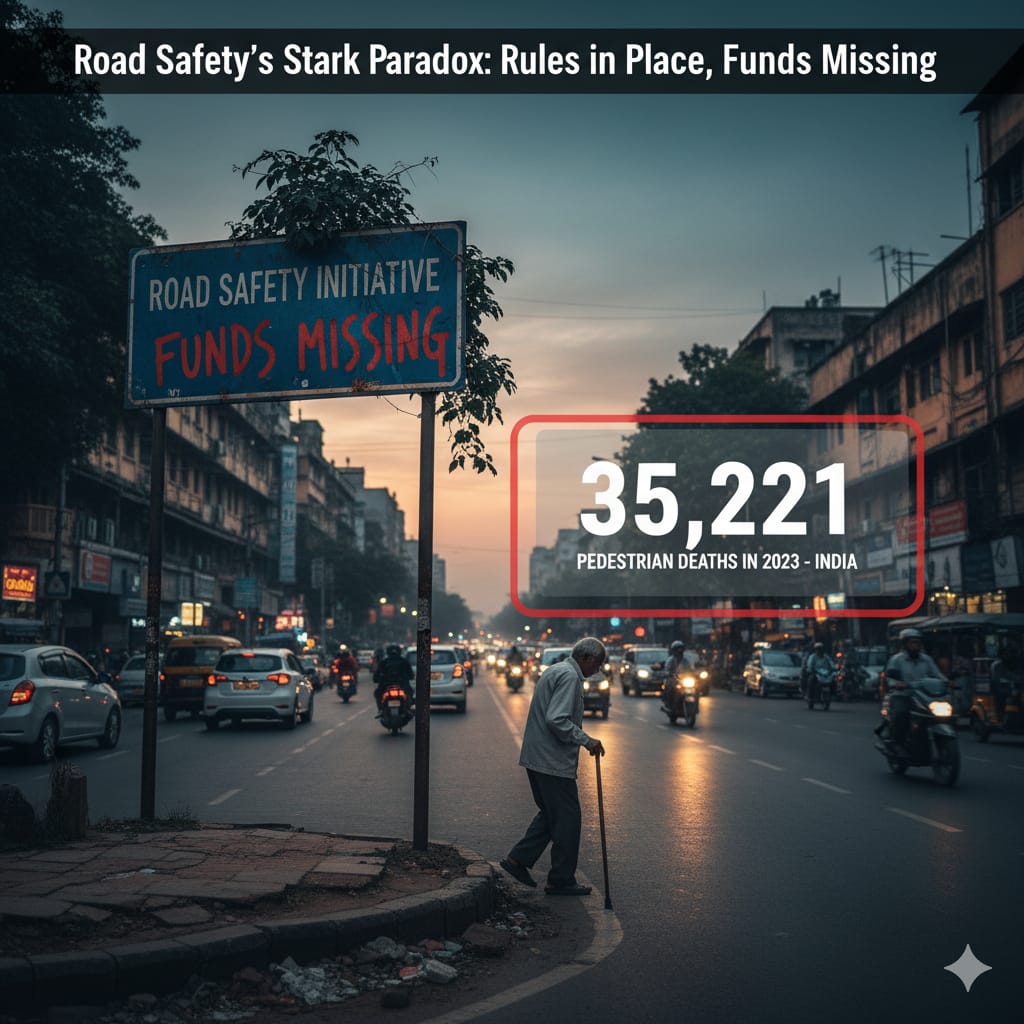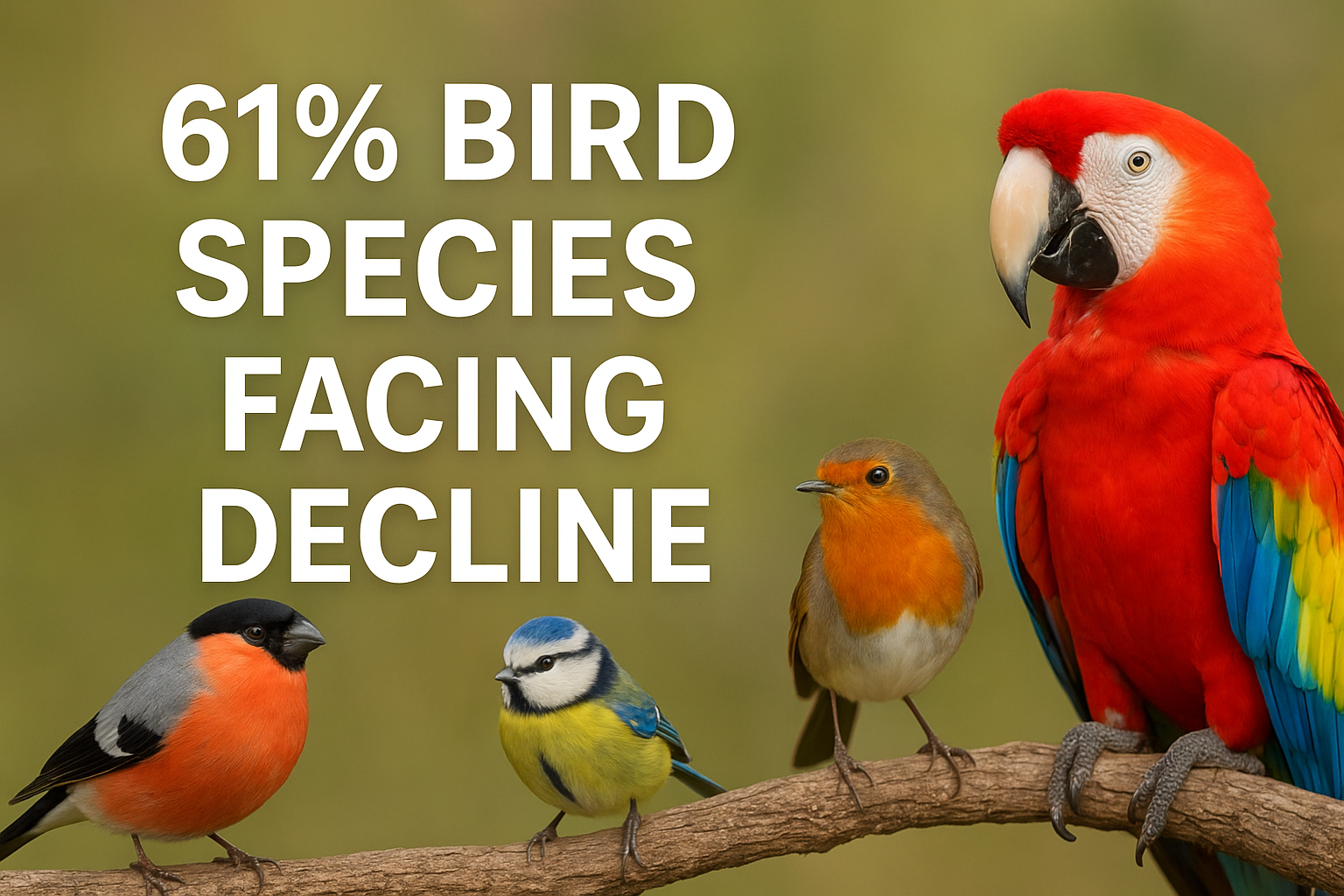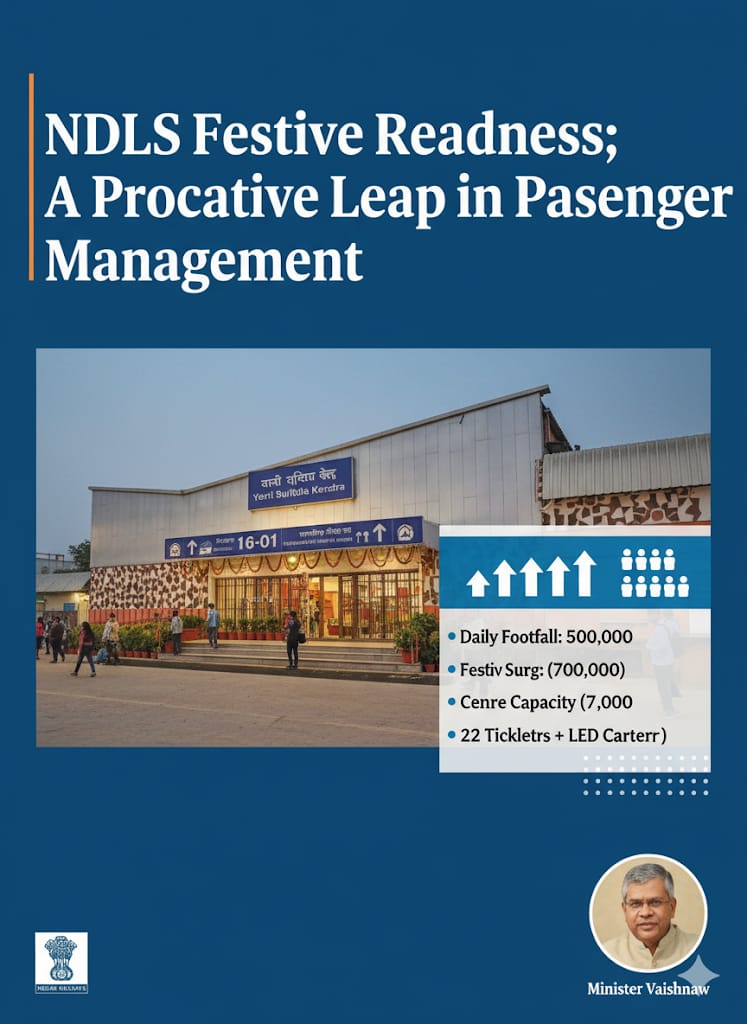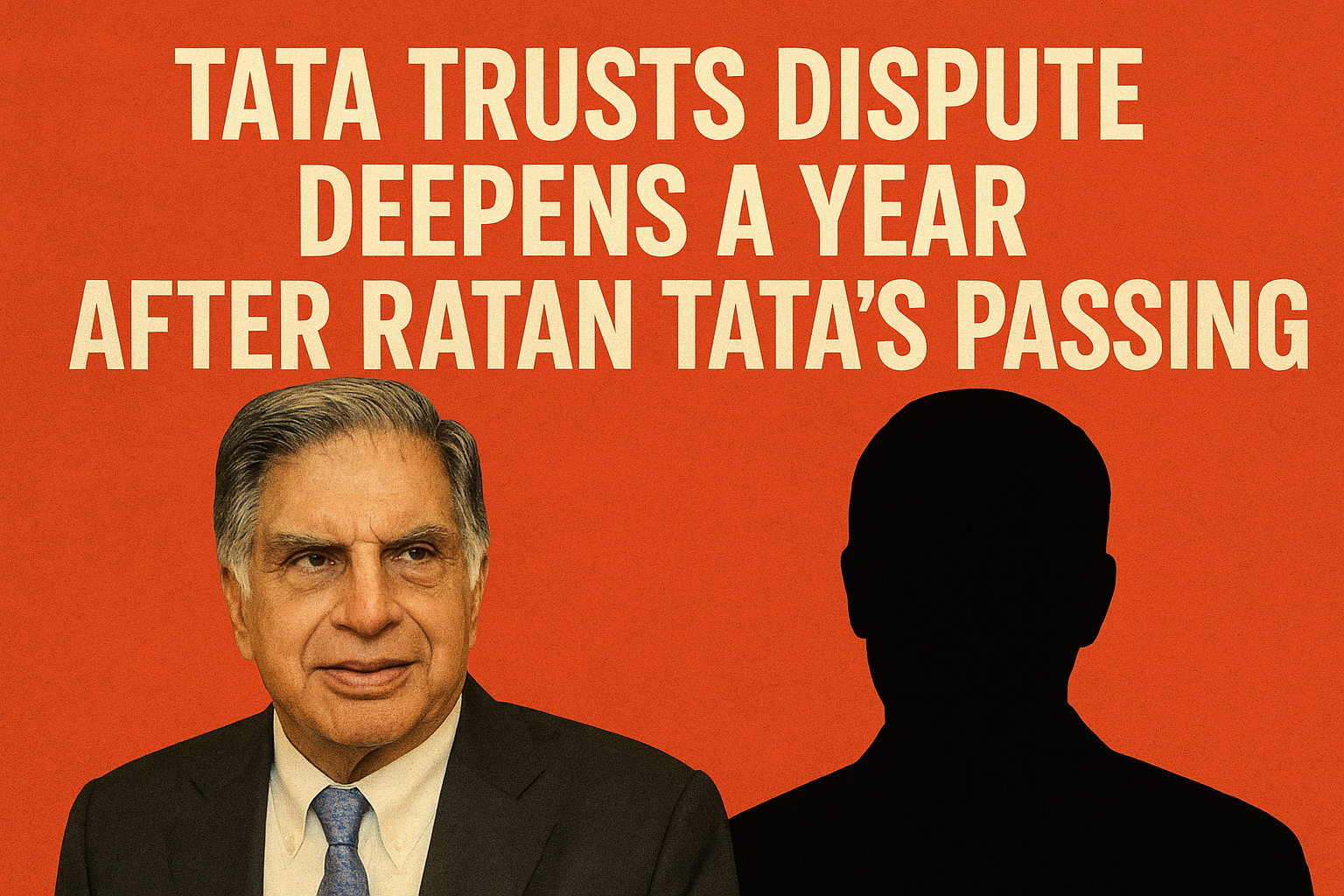
Spam calls and messages have long been a persistent nuisance for mobile users, leading to privacy concerns, fraud risks, and overall frustration. In an effort to curb this menace, regulatory bodies have been working to enforce strict measures. However, recent developments indicate that new spam regulations may be put on hold as authorities observe improvements in telecom service providers' handling of spam.
This insightful article explores the reasons behind this decision, the impact of existing anti-spam measures, and what consumers can expect in the future.
Why Are New Spam Regulations on Hold?
The Central Consumer Protection Authority (CCPA), which operates under the Department of Consumer Affairs (DoCA), recently indicated that new spam regulations may not be necessary at this stage. This decision follows improvements in telecom companies' efforts to combat spam, along with the implementation of effective anti-spam technologies.
The Telecom Regulatory Authority of India (TRAI) has already introduced corrective measures that have led to a noticeable decline in unwanted calls. Additionally, telecom providers, including major players like Bharti Airtel, Jio and Vodafone have deployed advanced spam detection tools that identify and block spam numbers, preventing them from reaching consumers.
The CCPA, after monitoring the evolving situation, is now considering whether separate guidelines for handling spam calls and messages should be put on hold to avoid excessive regulation.
How Are Telecom Operators Tackling Spam?
Leading telecom providers are adopting proactive measures to reduce spam calls and messages. Here are some of the key strategies being implemented:
1. Caller Identification and Spam Marking: Telecom companies are integrating caller ID solutions that allow users to identify potential spam calls before answering them. Registered spam numbers are marked to help consumers make informed decisions about answering or blocking calls.
2. AI-Powered Spam Detection: Companies like Airtel have introduced AI-driven anti-spam solutions capable of identifying spammers who make millions of calls daily. These systems analyze call patterns, detect fraudulent activity, and automatically block spam numbers.
3. Blocking Spam SMS: With the rise of SMS-based fraud, telecom providers are also implementing filters to detect and block spam messages. Reports suggest that over 7 million spam SMSes are being detected daily, significantly reducing unwanted promotional and fraudulent messages.
4. Improved Consumer Reporting Mechanisms: Consumers now have better tools to report spam, including dedicated helplines, mobile apps, and online portals. These reports help telecom operators update their spam databases and refine their blocking mechanisms.
The Stakeholders’ Meetings and Policy Decisions
The current regulatory stance is the result of continuous discussions among government officials, regulators, and consumer rights organizations. Since March 2024, multiple stakeholder meetings have been conducted to review the effectiveness of existing anti-spam measures.
During these meetings, it was observed that:
- Telecom operators had already taken significant steps to reduce spam.
- Consumer complaints regarding spam had decreased due to improved filtering mechanisms.
- Excessive regulation could burden telecom companies unnecessarily, given their ongoing efforts.
As a result, the decision to introduce new rules has been delayed, with the possibility that additional regulations may not be required if current anti-spam measures continue to show positive results.
What Does This Mean for Consumers?
For mobile users, this development comes as both a relief and a point of caution. On one hand, telecom companies are making significant progress in spam reduction, leading to fewer interruptions and security risks. On the other hand, consumers must remain vigilant and take advantage of existing tools to protect themselves from spam.
Tips for Consumers to Avoid Spam Calls and Messages:
1. Enable Do Not Disturb (DND) Services: Register your number with the National Do Not Call Registry (NDNC) to limit promotional calls and messages.
2. Use Caller Identification Apps: Apps like Truecaller can help identify spam calls before you answer.
3. Report Spam Numbers: If you receive spam calls or messages, report them to your telecom operator via SMS or a dedicated helpline.
4. Avoid Sharing Personal Information Online: Spammers often obtain phone numbers through online databases, social media, and unsecured websites. Be cautious while sharing your contact details.
5. Block and Filter Spam Manually: Most smartphones have built-in options to block numbers and filter spam messages. Use these features to keep your inbox clean.
The Future of Spam Regulations in India
While the decision to pause new spam regulations reflects optimism, it does not mean that authorities are ignoring the problem. The situation will continue to be monitored closely, and if spam levels rise again, stricter policies may be reconsidered.
Government agencies, telecom operators, and consumer rights groups will keep working together to ensure that consumers are protected from privacy breaches, fraud, and harassment caused by spam communications.
Conclusion
The battle against spam is far from over, but the latest developments suggest that telecom providers are making genuine progress in controlling the issue. With AI-driven spam detection, real-time blocking, and improved consumer awareness, mobile users can expect a better and more secure calling experience in the future.
As technology advances, so will spam prevention techniques, ensuring that consumers stay one step ahead of fraudsters. Until then, adopting simple precautionary measures and staying informed will help users avoid unwanted calls and messages effectively.
What do you think about the decision to hold off on new spam regulations? Have you noticed an improvement in the number of spam calls you receive? Share your thoughts in the comments below!




.jpeg)


.jpeg)




.jpeg)








